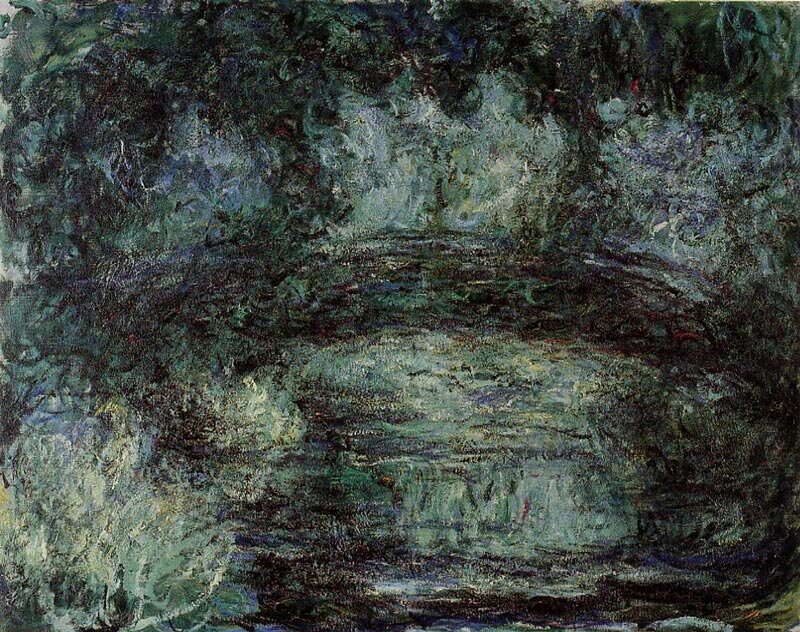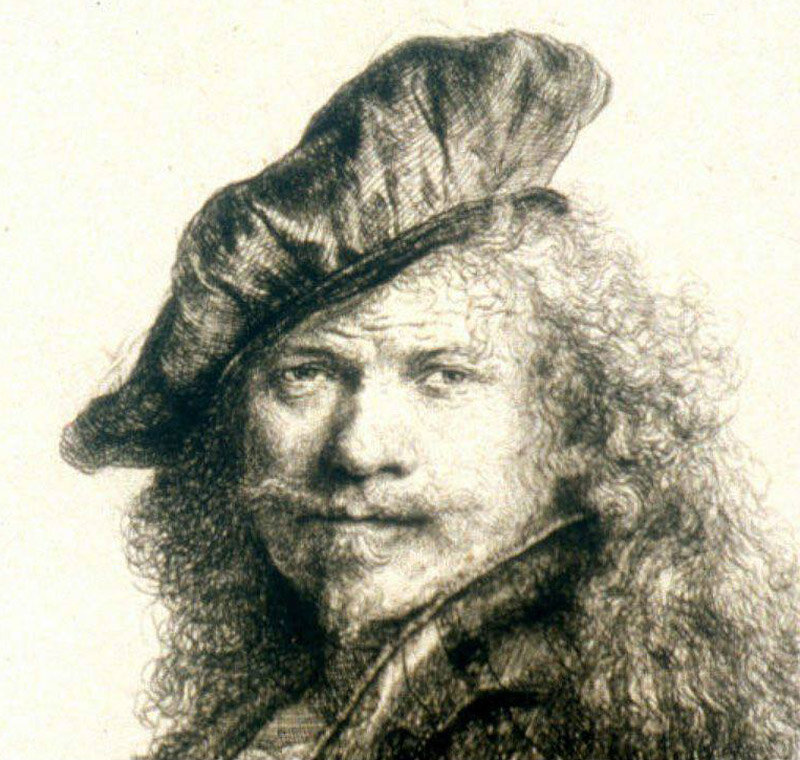Artists throughout history have been affected by anomalies of sight. Today we’ll take a closer look at five artists, some world-famous, some relatively unknown, who had a variety of eye disorders. Though their eye issues are different, they have one thing in common: The way their eyes saw the world affected their art.
To check out some artwork, or to just enjoy some visual stimulation online, here’s some “virtual tours” of famous museums you can visit without leaving home:
Louvre, Paris:
https://www.louvre.fr/en/visites-en-ligne
The Guggenheim Bilbao, Spain:
https://artsandculture.google.com/partner/guggenheim-bilbao
Musee d’Orsay, Paris:
https://artsandculture.google.com/partner/musee-dorsay-paris
The British Museum, London:
https://artsandculture.google.com/partner/the-british-museum
The National Gallery of Art, Washington, DC:
https://artsandculture.google.com/partner/national-gallery-of-art-washington-dc?hl=en
Francis Bacon
Francis Bacon, known for his haunting, often disturbing artwork, probably had dysmorphopsia, a brain disorder that affects a person’s ability to perceive objects. In an interview in 2008, Bacon said the images he saw constantly changed. “I attempted to trap this thing in the portraits,” he said. We get a glimpse of how Bacon might have seen the world in “Self Portrait,” from 1969.

Leonardo daVinci

Leonardo DaVinci painted arguably the most famous artwork in the world – the Mona Lisa – but the artist also had an eye disorder. Exotropia is a disorder that causes one eye to turn outward, and it allowed DaVinci to see in both two and three dimensions, but also with reduced depth perception. That means he probably saw the world in the same way he captured it: on a flat canvas.
DaVinci isn’t the only massively famous artist thought to have had the disorder: Picasso and Edward Degas probably had it, too.
Claude Monet

There’s a reason Claude Monet’s late works look blurry: he had cataracts. Starting in around 1912, Monet’s eyesight steadily declined, making colors look muddy and often more yellow in tone. His soft Impressionist paintings like “The Japanese Bridge” from 1918, most likely look blurry because his vision was too. Monet delayed surgery to fix the cataracts because he feared it would make his vision worse; he eventually had the procedure in 1923.
Rembrandt van Rijn

Neuroscientists studied 36 of Rembrandt van Rijn’s unforgiving self-portraits and concluded that the artist was probably stereoblind, which means his eyes did not align correctly. In many of the works he made of himself one eye looks directly at the viewer and the other looks to the side. In his portraits of others, the eyes are aligned correctly.
Stereoblindness would result in the artist’s brain using just one eye to complete a lot of visual tasks. His brain flattened the way he saw images in the world, and he transferred that perspective onto the canvas.
Hal Lasko

Hal Lasko’s grandchildren gave him a computer. As he lost his sight because of macular degeneration, he started “painting” on the computer. He became famous for his pixelated works well into his 90s, and his grandson made a documentary short telling his story — and showing his process. https://buff.ly/39S2iJM.
While we can’t bring clear vision to all these artists we can help anyone looking to broaden their view of the world. Call ilumin to schedule your consultation today.







